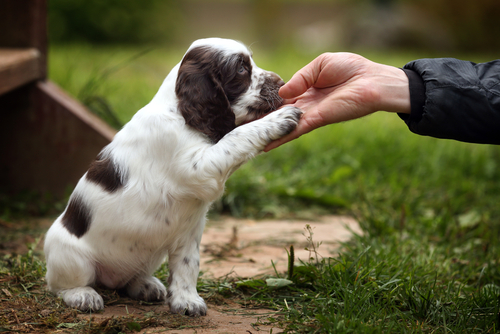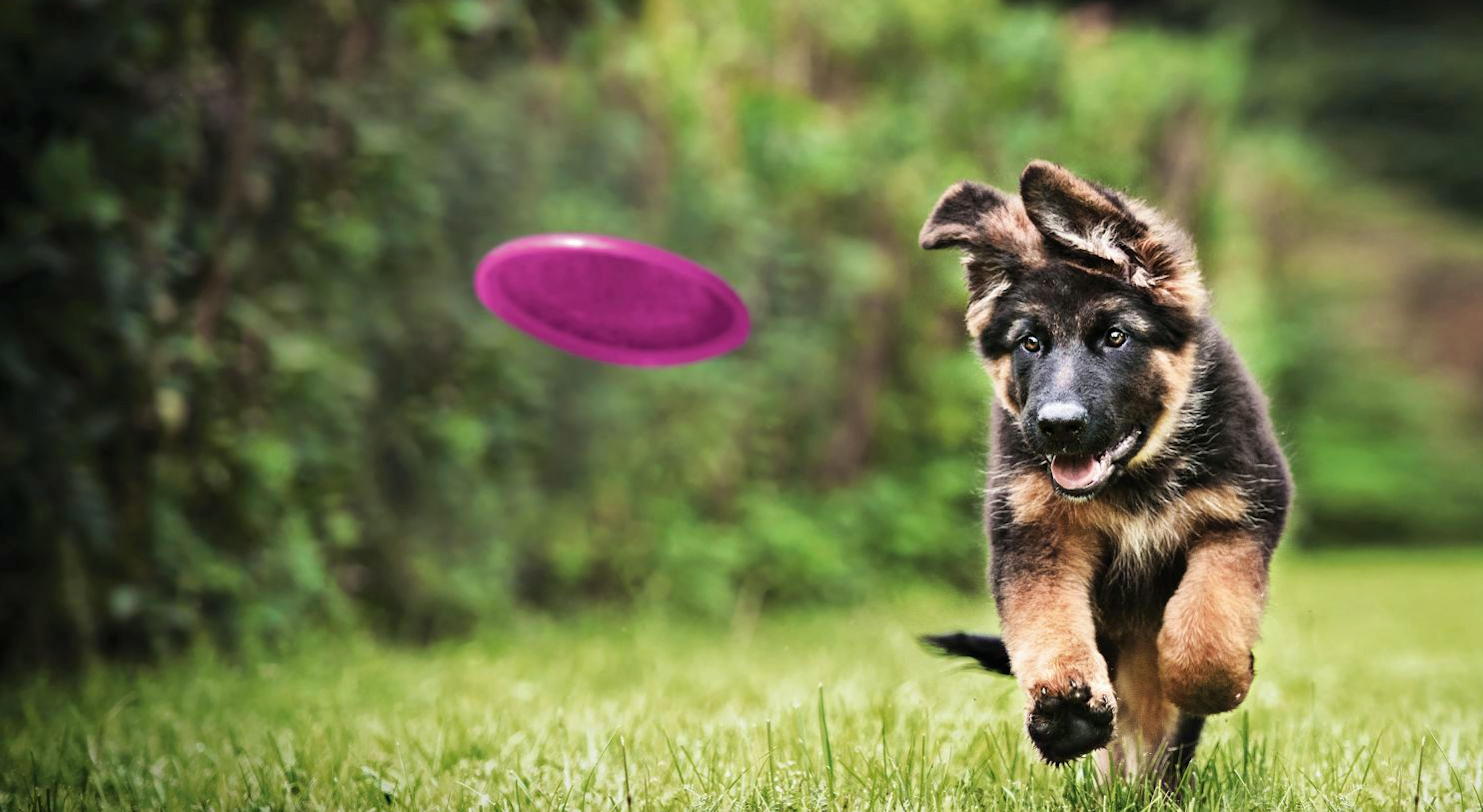Top Puppy Educating Techniques to Guarantee a Well-Behaved Pet
Reliable pup training is essential for cultivating a well-behaved companion, and various techniques can substantially affect a dog's advancement. As we check out these techniques even more, it becomes clear that the success of young puppy training hinges on a mix of methods that can change your animal's actions in remarkable methods.
Favorable Reinforcement Techniques
Utilizing favorable reinforcement methods is necessary for reliable pup training, as it urges preferred actions with rewards instead than penalty. This technique profits from the all-natural knowing processes of canines, reinforcing good behavior by giving immediate and tangible incentives, such as deals with, appreciation, or playtime. By associating favorable results with details activities, pups are more probable to duplicate those habits in the future.
Rewards should be provided quickly after the desired habits happens to develop a clear connection in the young puppy's mind. In addition, differing the types of rewards can keep a puppy's passion and motivation throughout the training procedure.

Uniformity in Training Commands
Maintaining consistency in training commands is important for enhancing the lessons learned through positive reinforcement methods. Dogs thrive on routine and predictability, so making use of the very same verbal commands and hand signals for particular behaviors is important. This harmony assists puppies understand what is anticipated of them, lowering complication and irritation for both the animal and the instructor.

Timing also plays a considerable role in uniformity. Commands should be provided immediately during training sessions and followed quickly by favorable support, such as treats or appreciation. This immediate feedback assists solidify the organization between the command and the preferred behavior.
Integrating consistency into training sessions will develop a secure knowing setting, promoting quicker proficiency of commands. Eventually, a well-structured method cultivates a strong bond in between the puppy and its proprietor, leading to a much more well-behaved and obedient animal.
Socializing With Other Pets
Socializing with various other pets is vital for a puppy's development, as it helps them discover suitable habits and interaction abilities in diverse social contexts. Very early interactions with different pets can considerably affect a young puppy's personality and versatility in various situations. When puppies are subjected to a selection of pet dogs, they end up being extra confident and much less frightened, which can prevent potential behavioral issues later in life.

In addition, observing body movement during interactions is vital. Instruct your pup to identify signals from other pets, such as signs of playfulness or pain, cultivating shared respect and understanding. Normal socialization not just enhances your young puppy's social skills yet likewise contributes to their general well-being, creating a more harmonious living environment. In verdict, focusing on interactions with various other animals will certainly generate a all-around and socially adept dog.
Pet Crate Training Benefits
Acknowledging the numerous benefits of cage training can substantially enhance both the young puppy's and proprietor's experience. Crate training provides a risk-free and safe setting for puppies, ensuring they feel secured when laid off. This sense of security can substantially lower anxiety and tension degrees for both the proprietor and the pet dog.
Furthermore, dog crates act as a valuable house-breaking device. Young puppies normally avoid dirtying their resting area, thus motivating check this them to hold their bladder up until they are allow outdoors. This reaction can quicken the housebreaking procedure, cultivating excellent behaviors beforehand.
When unsupervised,Crate training also aids in taking care of a puppy's behavior - puppy training. By providing a marked room, proprietors can stop harmful actions, such as eating on furnishings or getting involved in unsafe substances. Cages can be valuable throughout traveling, offering an acquainted area that can assist relax a pup in new environments.
Finally, establishing a pet crate routine encourages self-reliance, allowing pups to find out exactly how to be alone without worry. Overall, crate training is a reliable technique for promoting self-control, safety and security, and tranquility, causing a well-adjusted, well-behaved pet dog.
Leash Training Fundamentals
Leash training is a fundamental element of responsible pet dog possession view it that ensures a delightful and risk-free walking experience for both the pup and its owner. Proper chain training starts early, ideally during the pup's socialization period. When out in public., this training aids establish great routines and advertises positive behaviors.
To begin, pick a comfy collar or harness that fits your puppy well. Connect a durable leash, ensuring it is not as well long, as this can result in drawing and unpredictable behavior. Begin in a peaceful setting to decrease interruptions and progressively present your puppy to new surroundings.
Use favorable support strategies, such as treats and praise, to motivate your young puppy to stroll close to you. Quit walking and wait for them to return to your side before continuing if your puppy pulls. This teaches them that drawing will certainly not produce ahead motion. Uniformity is crucial; method routinely and stay client, as proficiency takes some time.
Furthermore, integrate short training sessions with fun diversions to develop your young puppy's focus. With commitment and additional reading determination, leash training will lead to a well-mannered companion, making strolls satisfying for both the young puppy and the proprietor.
Verdict
In verdict, utilizing effective pup training techniques is critical for establishing a well-behaved animal. Overall, these techniques jointly promote a harmonious partnership in between puppies and their owners.
As we discover these methods further, it comes to be clear that the success of puppy training hinges on a mix of strategies that can transform your family pet's actions in amazing methods.
Making use of positive reinforcement methods is crucial for effective puppy training, as it motivates preferred habits via incentives instead than punishment.Crate training additionally aids in handling a pup's behavior when without supervision.Leash training is a basic facet of accountable family pet possession that ensures a risk-free and delightful walking experience for both the puppy and its owner.In conclusion, employing effective young puppy training methods is critical for developing a well-behaved animal.